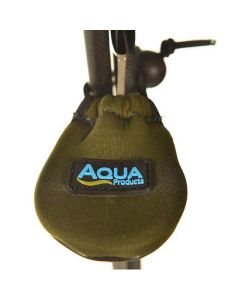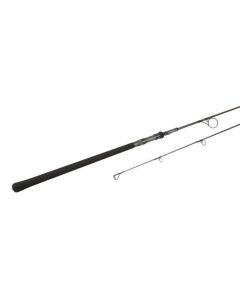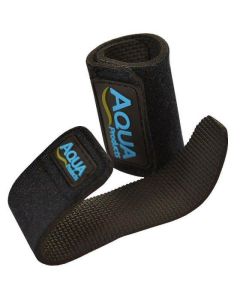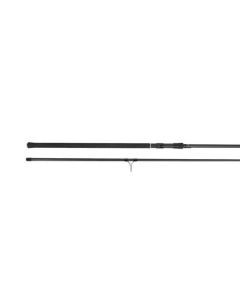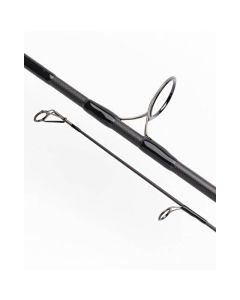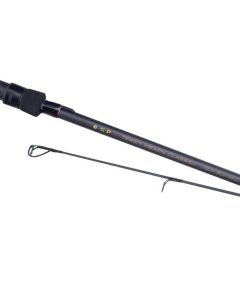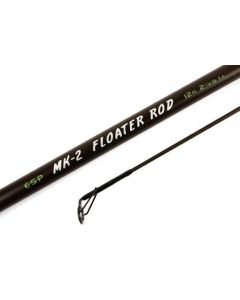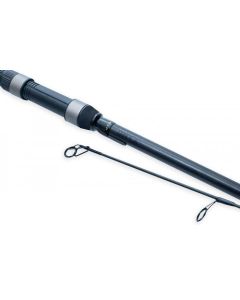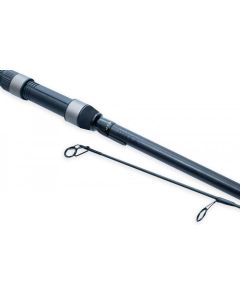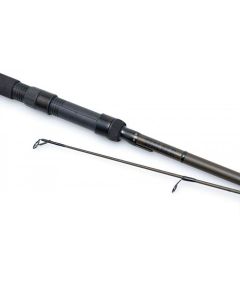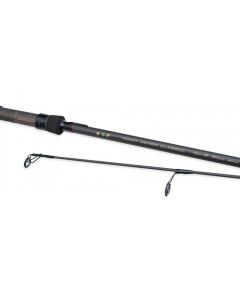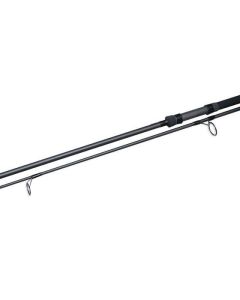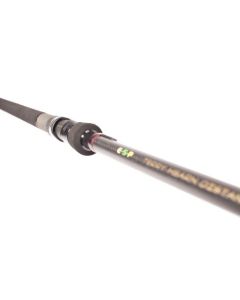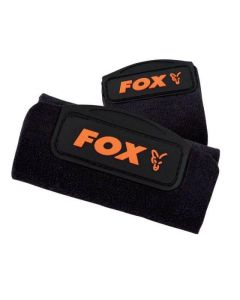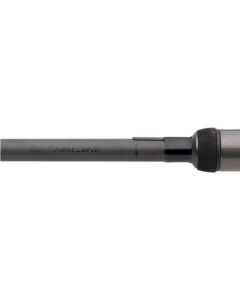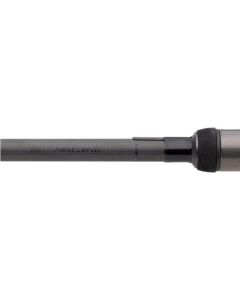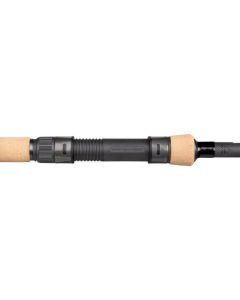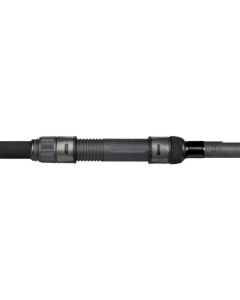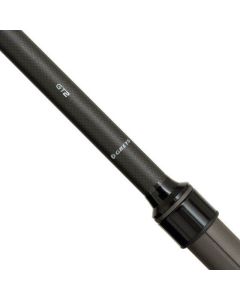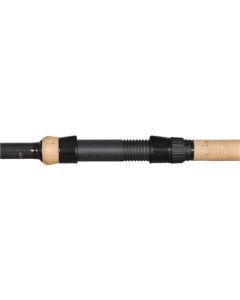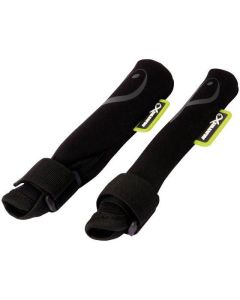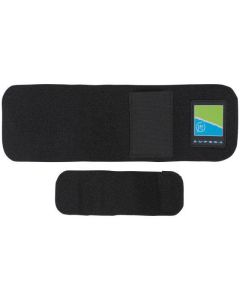Carp Rods: The Ultimate Guide for 2024 - A Comprehensive Look at Choices, Trends, and Technical Insights
Introduction to Carp Angling's Finest Gear
Carp fishing, deeply rooted in the UK and Europe, has evolved into a sophisticated sport, where the choice of a carp rod significantly impacts your angling success. This guide caters to every angler's need, balancing budget considerations with specific styles of fishing.
The Titans of Carp Rod Manufacturing
In the realm of carp rod manufacturing, several brands stand out, each synonymous with quality and innovation:
- Fox: Known for their pioneering designs, Fox rods offer a blend of durability and cutting-edge features. Explore a range of Fox Tackle rods tailored for every angler's need.
- Nash: A legacy brand in carp fishing, Nash provides rods that suit both beginners and experts, ensuring top-notch performance. Check out the Nash Tackle selection for more options.
- ESP: Famed for attention to detail, ESP rods marry traditional angling values with modern technology. Dive into the variety offered by ESP Carp.
- Shimano: A giant in fishing gear, Shimano's commitment to quality and innovation is evident in their rods. View our collection of Shimano rods.
- Korda: Having ventured into rod making in 2023, Korda brings their deep understanding of angling into their rod designs. Experience the craftsmanship of Korda Tackle rods.
Select Offerings from Carp.com
Carp.com, a respected authority in carp fishing, offers a diverse range of rods, including:
- Aqua Products Atom Rod 10ft Duplon: A testament to perfection, priced at £229.99.
- Daiwa Black Widow: Combining reliability with affordability, available for £39.99.
- ESP 12' Terry Hearn Classic: Reflecting ESP's alignment with expert tastes, starting from £218.99.
- ESP Onyx Carp Rod: Showcasing ESP's innovation, priced at £128.99.
Decoding the Carp Rod Selection
In selecting a carp rod, the trend towards 10ft rods is notable, especially among younger anglers, for their compact design and versatility. Yet, the classic 12ft rods remain popular for those seeking traditional fishing experiences and greater casting distances.
Understanding Test Curves in Carp Rods: A Technical Insight
- Light Test Curves (Up to 2.5 lbs): Ideal for precision and subtlety in smaller venues.
- Medium Test Curves (2.5 to 3 lbs): The versatile 'all-rounder', balancing casting power and sensitivity.
- Heavy Test Curves (Above 3 lbs): Designed for long-range casting and handling big fish, these require skill and trade sensitivity for power.
Historical Perspective
The evolution of carp rods, from bamboo to carbon fibre, mirrors the sport's development. This journey reflects how angling techniques and equipment needs have changed over time.
The Role of Carp Rods in Modern Angling Techniques
Today's carp angling, encompassing techniques like stalking, surface fishing, and long-distance casting, requires specialised rods. The right rod enhances the effectiveness of these techniques, illustrating the importance of understanding the nuances of rod selection.
Conclusion
As we advance into 2024, the carp rod market continues to evolve, shaped by tradition, innovation, and modern angling needs. Whether for the agility of a 10ft rod or the classic appeal of a 12ft model, the right choice can elevate your carp fishing experience, transforming it from a mere sport to an art form where every cast counts.

